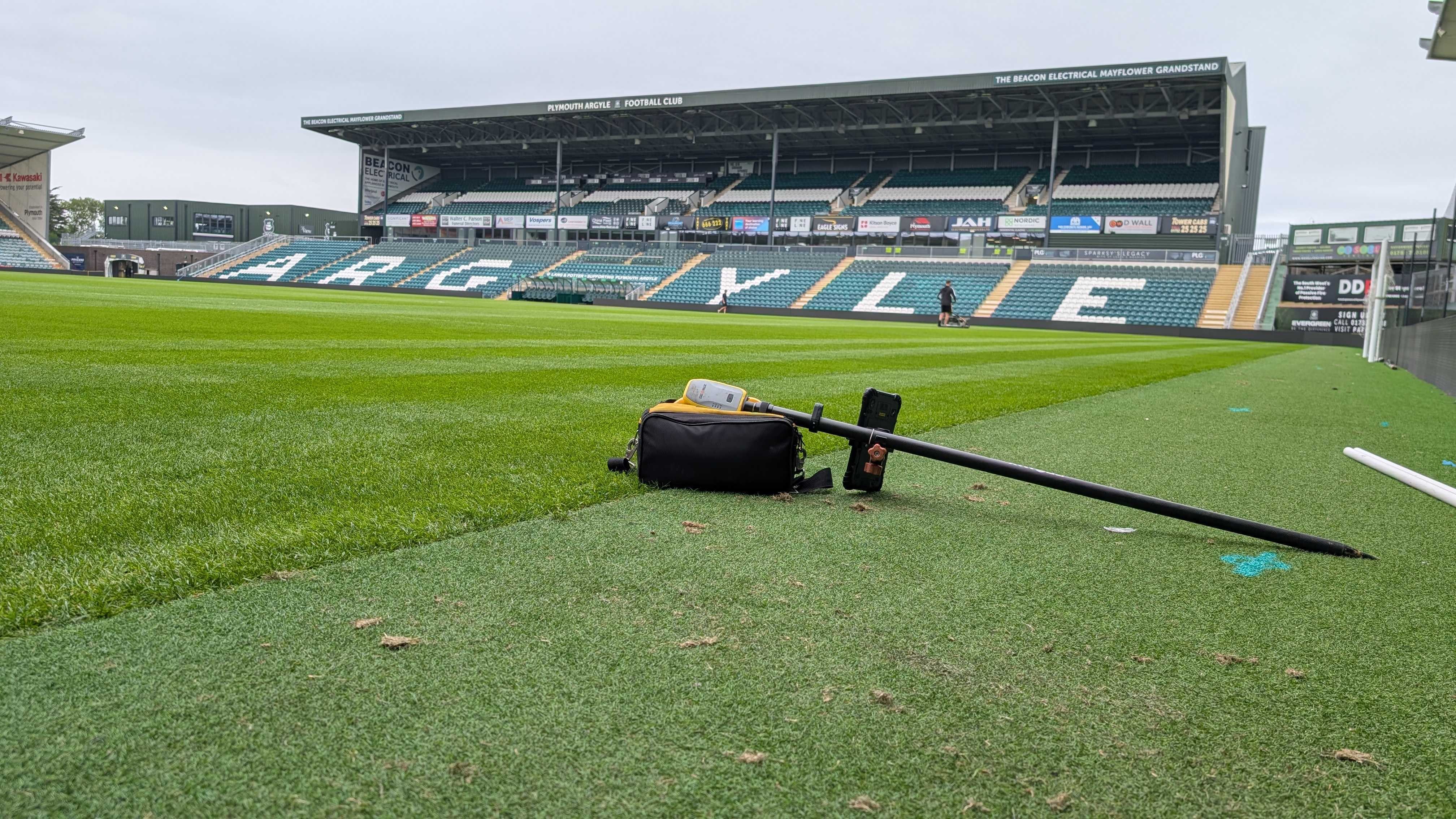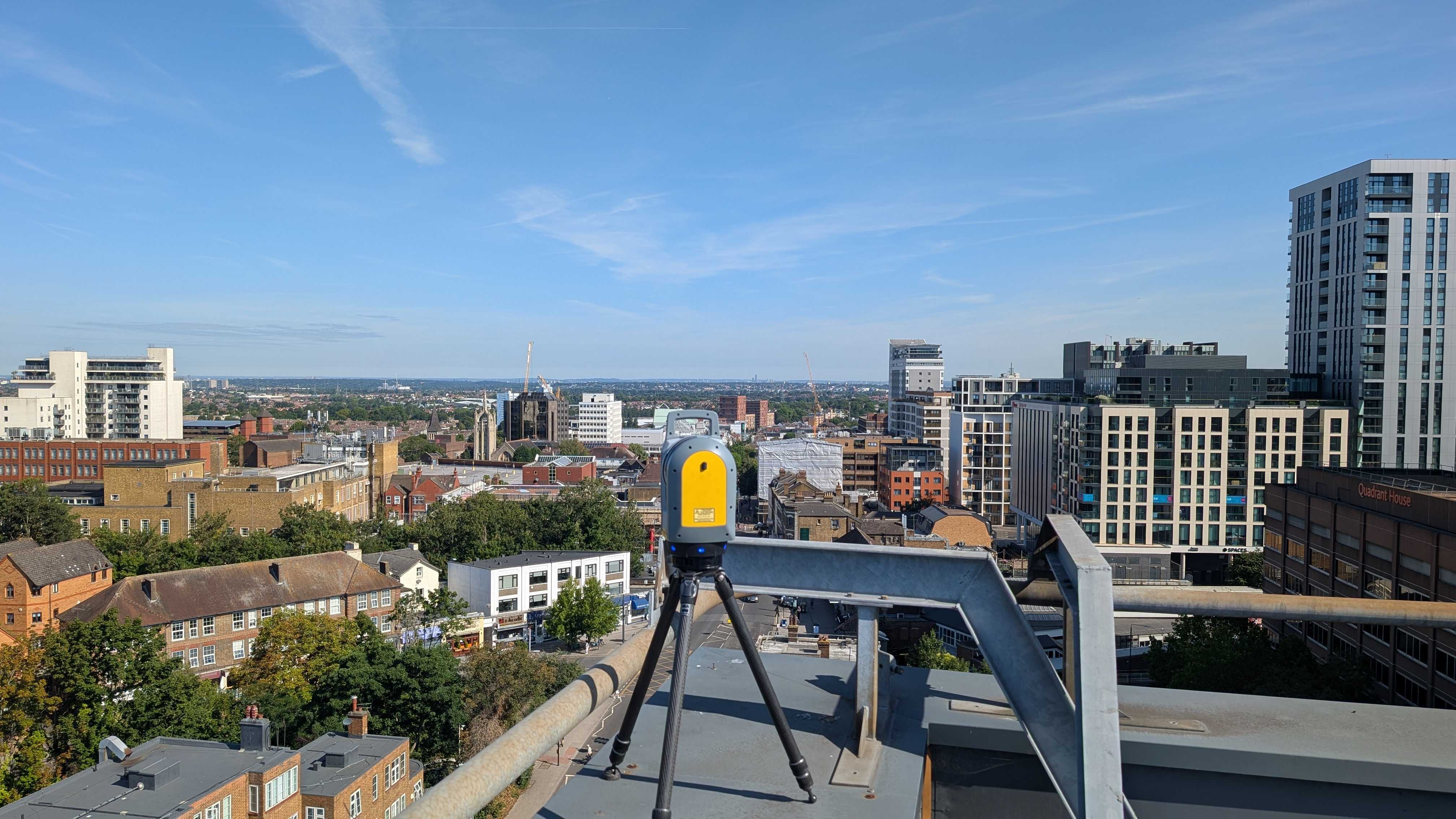A project's success hinges on the accuracy of its initial setup, particularly the placement and maintenance of control points.
These critical reference markers ensure that every part of the build is aligned with the original design, keeping the project on track both physically and financially.
However, as construction progresses, it’s not uncommon for control points to be moved or altered—often without anyone realising it. This seemingly minor shift can have major consequences, leading to misaligned structures, costly delays, and even rework.
One of the most effective ways to avoid these issues is through the regular verification of control points.
Why Control Points Can Shift During Construction
Understanding why control points can move is the first step in recognising the need for regular verification.
These vital reference markers can shift or be altered for a number of reasons, often unnoticed until the effects of misalignment begin to surface.
One of the most common causes of control point shifts is environmental factors. Changes in weather conditions, such as heavy rainfall, wind, or erosion, can gradually wear away the terrain where control points are placed, causing slight, yet significant, shifts in their position.
Another major contributor to control point shifts is site activity and heavy machinery. Construction sites are dynamic environments, often filled with large equipment and frequent traffic. Whether it’s a bulldozer inadvertently knocking over a stake, or construction materials being placed on top of control markers, these disruptions can easily alter the original points of reference.
Lastly, human error plays a significant role. Despite the best intentions, control points can be unintentionally moved during site setup or other construction activities. Workers might shift or cover markers, or in some cases, control points may be mistakenly altered as a result of communication breakdowns on-site.
How Regular Verification Protects Your Project
Regular verification of control points is essential to maintaining the accuracy and integrity of any construction project.
Without routine checks, these shifts can go unnoticed, leading to significant deviations from the original design. Regular verification acts as a safeguard, catching potential issues before they escalate into costly problems.
One of the primary benefits of frequent verification is the ability to detect shifts early. By consistently re-checking control points using precise tools such as GNSS and total stations, any slight movements or misalignments can be identified before they compromise the project.
Another critical advantage of verification is that it minimizes the risk of rework. When control points are not checked regularly, undetected shifts can lead to structural misalignments that are only discovered later in the construction process.
Additionally, routine verification enhances overall project confidence. With regularly verified control points, project managers, engineers, and surveyors can be confident that the work being done on-site is true to the design and aligned with established benchmarks.
Tools and Techniques for Effective Control Point Verification
One of the most widely used tools in control point verification is the Global Navigation Satellite System (GNSS). GNSS technology leverages satellite signals to provide precise positional data, making it ideal for checking the location of control points. Surveyors can easily revisit established points and compare their current positions with the original coordinates. This allows for quick detection of any shifts, ensuring that control points remain aligned with the design.
Another essential tool is the total station, a highly accurate electronic instrument used for measuring angles and distances. Total stations combine the functionality of a theodolite (for measuring angles) and an electronic distance meter, making them a powerful tool for verifying control points with a high degree of precision.
For projects that require even greater precision, laser scanning technology offers an advanced solution. Laser scanners capture highly detailed 3D data of the site, allowing surveyors to compare the as-built conditions with the original design model.
The use of experienced engineering surveyors, such as those at Intersect Surveys, is equally important in this process. While technology is a critical aspect of verification, it is the knowledge and expertise of the surveyors that ensure the tools are used effectively.
Conclusion
Maintaining accurate control points is critical to the success of any construction project. As construction progresses, shifts in control points can occur due to environmental factors, site activity, or human error, all of which have the potential to derail a project.
Regular verification of these points ensures that any deviations are detected early, preventing costly rework and keeping the project aligned with its original design. By using advanced tools such as GNSS, total stations, and laser scanners, alongside experienced surveyors, you can safeguard your project against these risks.
Get in touch with us today at Intersect Surveys to speak to us about how we can help with your site control points!
FAQs
1. Why do control points shift during construction?
Control points can shift due to environmental factors like weather and erosion, heavy machinery or site activity, and even human error. These shifts can affect the accuracy of the entire project if not addressed.
2. Why is regular verification of control points important?
Regular verification helps catch control point shifts early, preventing misalignments that can lead to costly rework, project delays, and structural issues. It ensures the project stays true to its original design.
3. What tools are used for control point verification?
Common tools for verifying control points include GNSS systems, total stations, and laser scanners, all of which provide precise measurements to ensure the accuracy of the construction site’s alignment with the design.








